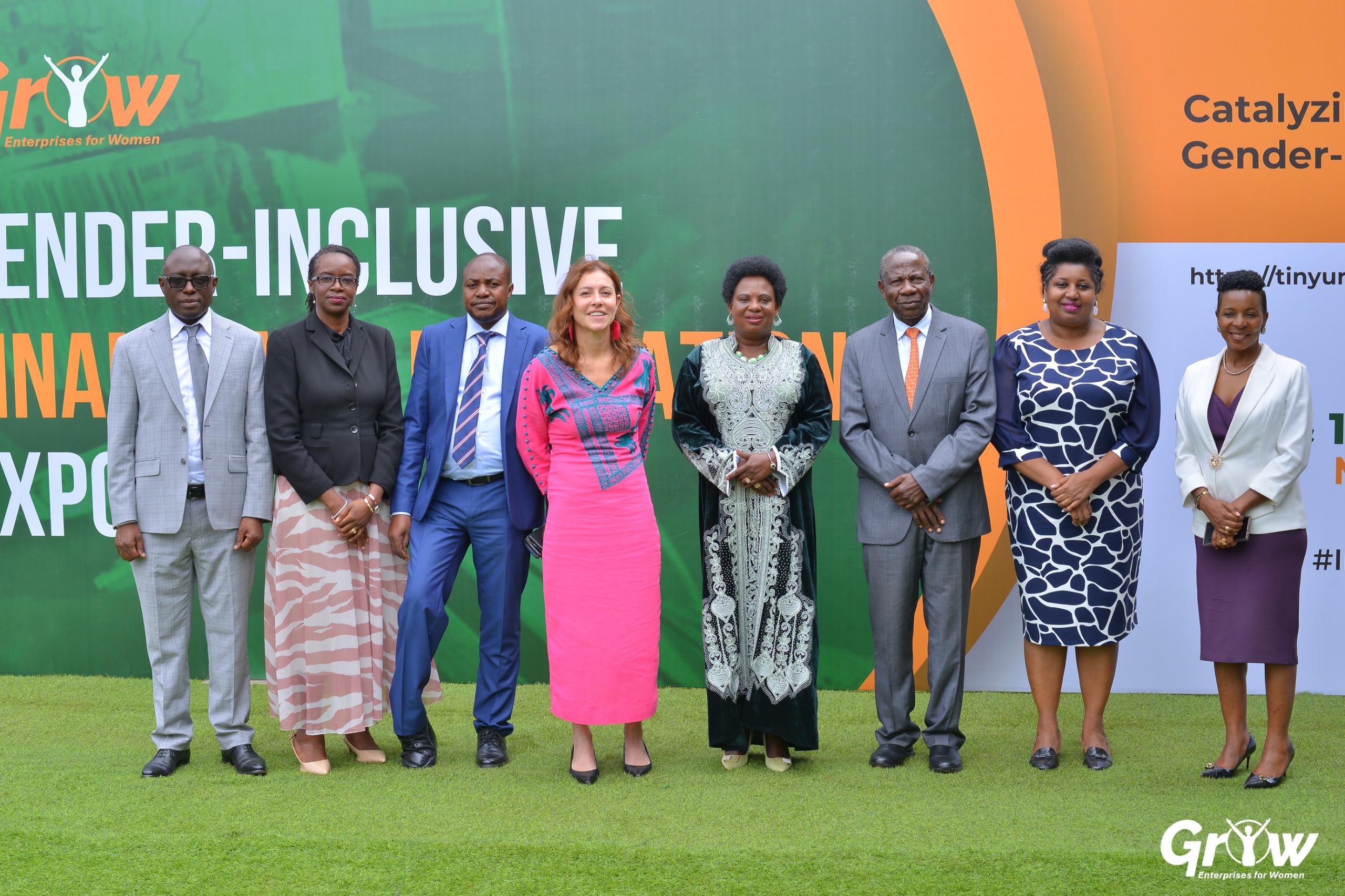Alongside social inequalities, environmental degradation, and economic stress, the World Economic Forum presents climate change as one of the greatest threats to humanity in the present times. Recently, the Intergovernmental Panel on Climate Change (IPCC) released a Special Report on Global Warming which indicted that of the 1.5°C rise in Global Warming, around 1°C has been caused by human activities thus increasing the amount of greenhouse gases in the atmosphere.
People and ecosystems worldwide are already feeling the impact of these changes, as warming has contributed to more frequent and more intense extreme weather events such as heat waves and heavy rainfall. According to the Uganda National Meteorological Authority, there is a general warming trend over Uganda. Average temperatures in Uganda have increased by 1.3°C since the 1960s. Daily temperature observations since 1960 show significant increasing trends in the frequency of the number of hot days, and much larger increased trends in the frequency of hot nights. Relatedly, the annual rainfall has decreased at an average rate of 3.4 mm per month equivalent to 3.5 mm per decade.
The impacts of climate change are already affecting the world economies. According to the World Meteorological Organization’s Atlas, weather catastrophes have caused global economic losses worth US$ 4.27 trillion in the past two decades (2000-2020). The impacts in Uganda have been observed in multiple ways. Analysis of data from the World Bank Group’s Climate Change Knowledge Portal and the Emergency Events Database for the period 1900 to 2021 shows that the country has encountered over 33 floods, 42 epidemics, 9 droughts, and 9 landslide events in different regions of the country. The accumulative damages caused by these natural disasters amounts to at least $80 million economic loss.
The Advocates Coalition on Development and Environment (ACODE) warns that the impacts will be economically significant especially for Uganda’s economy which is heavily reliant on natural resources especially, primary sectors such as agriculture, water, energy, and fisheries, which are highly vulnerable to the impacts of climate change.
The Third National Development Plan confirms that agriculture is still the backbone of Uganda’s economy and forms a major part of the climate problem, currently generating 19–29% of total greenhouse gas (GHG) emissions, the highest as compared to other sectors. Important to note is that over 70% of Ugandans depend heavily on micro, small, and medium enterprises for employment and in the agricultural sector, and these generally have less capacity to withstand financial shocks.
Why green finance
Given the need to adapt to climate change and to sustain future economic growth opportunities, transitioning the economy to a clean, resilient, and environmentally friendly sustainable economic growth will require massive investment in green and low carbon technologies, financial and non-financial products, and infrastructure. Accordingly, green finance will be central to providing the flows of capital required. This is primarily driven by the fact that most green technologies are characterized by high capital intensity and consequently high upfront financing requirements.
What is green finance?
The concept of green finance is not a new phenomenon. While its roots can be traced back to as far as 1970, the idea was brought to light during the 1992 Rio Convention that was held in Rio de Janeiro, Brazil and materialised in 2015 with the launch of the Paris Agreement and Sustainable Development Goals. Green finance can be understood as any economic activity that provides for investment, operation, and risk management in the fields of environmental improvement, climate action, and resource use efficiency.
Examples of these activities can be in the fields of climate smart agriculture, renewable energy conservation, and green transportation/ infrastructure. These can take the form of financing green products and services or green production and business processes that contribute specifically to climate change mitigation or adaptation, broader environmental sustainability, and a low carbon, and climate resilient pathway.
This transformation moves beyond just funding green projects to ensuring climate and environmental factors are fully integrated into mainstream financial decision making across all sectors. Green finance necessitates key investment actions to build climate change resilience and climate compatible development through climate change adaptation and mitigation, while at the same time promoting economic and social development. Green finance should incorporate new technologies, financial products, industries, and services that consider environment, energy efficiency, and reduction of pollutant emissions. Some of the products can take the form of green loans, green bonds, green equity, green trade financing, and green asset financing among others.
With increasing recognition of the need to integrate climate and environmental factors into mainstream financial decision-making, the Uganda Development Bank is positioning itself to fill the current financing gap and boost the level of green investment. The Bank has established a green finance unit, developed an enabling policy environment for green investments, and is strengthening collaborations for climate action. In partnership with the United Nations Food and Agriculture Organization, the Bank is in the process of establishing a climate finance facility, through which a dedicated green finance pipeline will be developed. The Bank has a huge ambition of mobilizing green finance, increasing access to credit for green investments, managing risk, and acting as a financial intermediary that will contribute to the overall goal of achieving a low carbon resilient pathway for Uganda.
Pius Wamala is a Green Finance Officer at the Uganda Development Bank
Do you have a story in your community or an opinion to share with us: Email us at editorial@watchdoguganda.com













